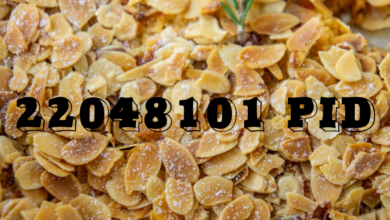Cuşcuş: A Delicious and Versatile Grain
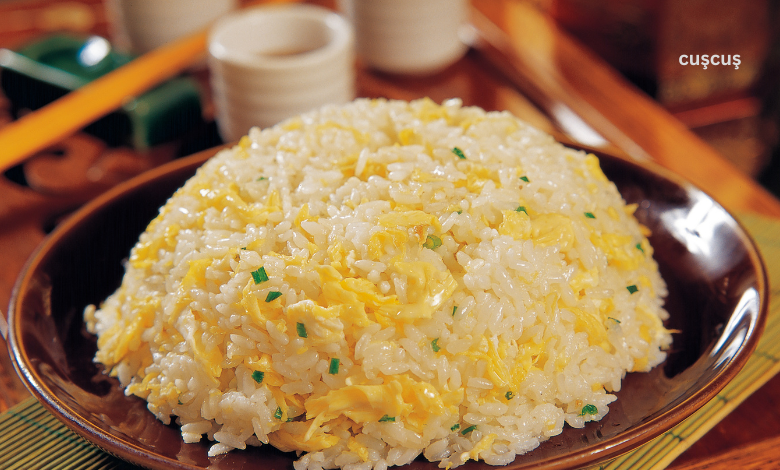
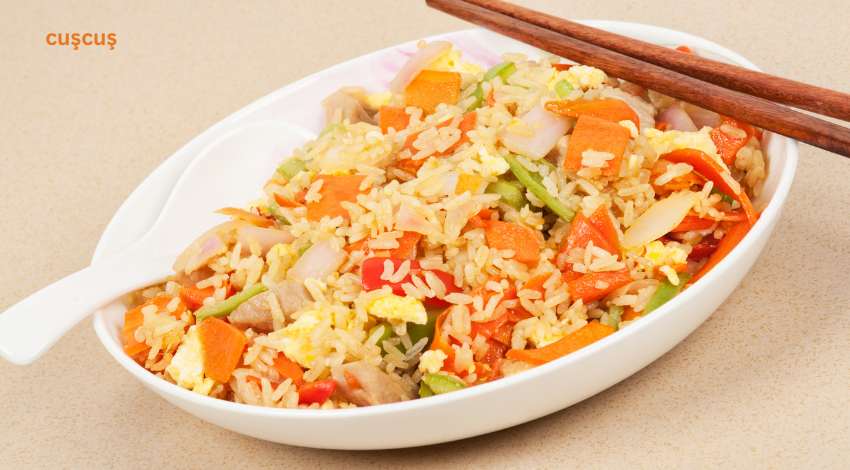 Ever puzzled about the grain it is each a staple in lots of cultures and a culinary chameleon? Meet cuşcuş. This tiny grain isn’t just a aspect dish; it’s a celebrity in lots of kitchens around the sector. From North Africa to the Mediterranean has earned its location on our plates. But what makes cuşcuş so unique?
Ever puzzled about the grain it is each a staple in lots of cultures and a culinary chameleon? Meet cuşcuş. This tiny grain isn’t just a aspect dish; it’s a celebrity in lots of kitchens around the sector. From North Africa to the Mediterranean has earned its location on our plates. But what makes cuşcuş so unique?
History of Cuşcuş
Origins and Historical Significance
Cuşcuş dates back to historical times, believed to have originated within the Berber regions of North Africa. Its actual beginnings are shrouded in thriller, however one factor is apparent: cuşcuş has been a dietary staple for centuries. Initially, it turned into a hard work-extensive manner to prepare cuşcuş, related to the steaming of crushed durum wheat semolina. This technique ensured that the grain remained fluffy and light.
Spread Across the World
As trade routes elevated, so did the recognition of cuşcuş. It traveled across the Mediterranean and into the Middle East, adapting to neighborhood flavors and ingredients along the way. Today is enjoyed globally, from Morocco to France and beyond.
Nutritional Benefits of Cuşcuş
Macronutrient Profile
Cuşcuş is a low-fat, carbohydrate-wealthy grain, making it an first rate source of electricity. It carries about 23 grams of carbohydrates in keeping with serving, which provides the fuel your frame desires for daily sports.
Micronutrients and Their Benefits
This grain is not pretty much carbs. It’s packed with crucial vitamins and minerals. food is a superb supply of B nutrients, which are important for metabolism and electricity production. It additionally consists of selenium, a powerful antioxidant that facilitates keep a healthy immune gadget.
Health Benefits
Eating food can make contributions to overall health in several methods. Its excessive fiber content material aids digestion and facilitates preserve stable blood sugar degrees. Additionally, the presence of selenium supports thyroid feature and boosts the immune device.
Different Varieties of Cuşcuş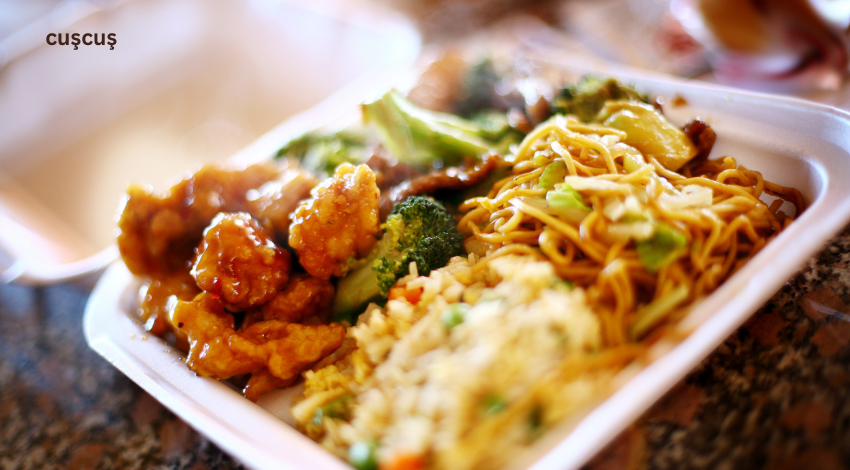 Traditional Cuşcuş
Traditional Cuşcuş
Traditional food frequently called Moroccan cuşcuş, is the most commonplace variety. It’s generally small, round, and yellow in shade, made from semolina wheat.
Israeli Cuşcuş
Also known as pearf ood, Israeli cuşcuş is bigger and has a barely chewy texture. It resembles small pearls and is frequently toasted before cooking to decorate its nutty taste.
Lebanese Cuşcuş
Lebanese or Moghrabieh, is even large and is regularly used in stews and soups. Its texture is similar to that of small pasta, making it a hearty addition to diverse dishes.
How to Cook Cuşcuş
Basic Cooking Instructions
Cooking cuşcuş is quite simple. For each cup of you’ll need approximately one and a half cups of boiling water or broth. Combine the cuşcuş and liquid in a pot, cowl it, and let it sit off the warmth for approximately five mins. Fluff it with a fork, and it’s ready to serve!
Common Mistakes to Avoid
Avoid overcooking cuşcuş as it is able to become comfortable. Ensure you use the right amount of liquid, and let it sit down protected for the recommended time without stirring.
Popular Cuşcuş Recipes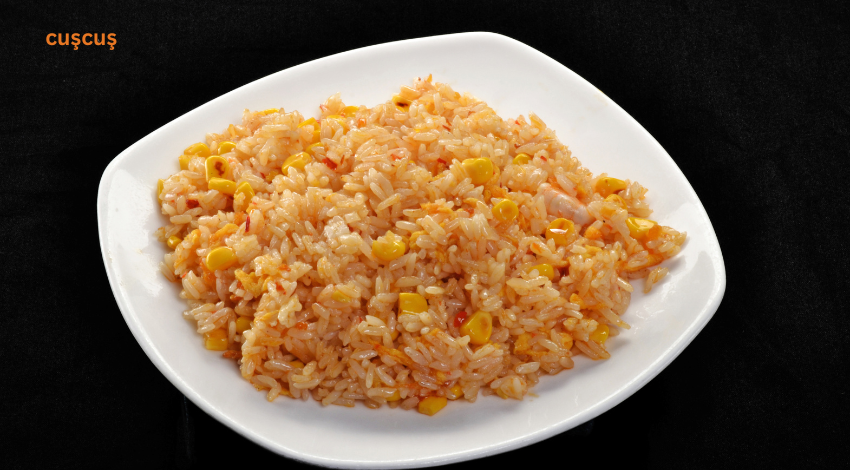 Classic Cuşcuş Salad
Classic Cuşcuş Salad
A traditional food salad is a clean dish that combines cooked cuşcuş with chopped veggies, herbs, and a tangy vinaigrette. It’s ideal for a mild lunch or a side dish.
Cuşcuş with Vegetables
For a healthful meal, prepare dinner food with quite a few veggies like bell peppers, zucchini, and carrots. Season together with your preferred spices for a flavorful dish.
Cuşcuş with Meat or Fish
Food pairs wonderfully with grilled hen, lamb, or fish. The grain absorbs the juices and flavors from the beef, creating a delicious and pleasurable meal.
Cuşcuş in Different Cuisines
Mediterranean Cuisine
In Mediterranean cuisine food is often served with seafood or mixed into salads. Its mild texture enhances the clean and colourful flavors of the place.
North African Cuisine
North African dishes regularly function food as a base for rich, spiced stews. It’s a staple in countries like Morocco, Algeria, and Tunisia, wherein it’s frequently served with meat and veggies.
Middle Eastern Cuisine
In the Middle East food is a common ingredient in festive meals and everyday dishes alike. It’s frequently organized with aromatic spices and served alongside lamb or chicken.
Vegetarian and Vegan Cuşcuş Dishes Plant-Based Protein Sources
Plant-Based Protein Sources
Vegetarian and vegan cuşcuş dishes may be packed with protein by way of incorporating legumes like chickpeas and lentils. These components upload texture and dietary cost.
Creative Vegan Recipes
Get innovative with vegan food through including roasted vegetables, nuts, and dried fruits. This mixture creates a dish that’s each hearty and satisfying.
Cuşcuş for Special Diets
Gluten-Free Cuşcuş Options
While conventional food is made from wheat, there are gluten-free alternatives available. Look for cuşcuş crafted from corn, quinoa, or rice to house gluten-loose diets.
Low-Carb Cuşcuş Alternatives
For the ones following a low-carb diet, cauliflower food is a tremendous replacement. Simply pulse cauliflower florets in a food processor till they resemble the feel of cuşcuş.
Cuşcuş as a Side Dish
Pairing with Main Courses
Cuşcuş makes a versatile side dish that pairs nicely with a whole lot of important courses, from grilled meats to vegetable stir-fries. Its neutral taste permits it to supplement many dishes.
Enhancing Flavors
Enhance the taste of your food by means of cooking it in broth as opposed to water and adding herbs and spices. A squeeze of lemon juice also can brighten up the dish.
Cuşcuş in Festive Meals
Holiday and Celebration Dishes
Cuşcuş is frequently featured in festive food and celebrations. It’s a image of abundance and hospitality, making it a great preference for gatherings.
Cultural Significance
In many cultures, serving food is a gesture of warmth and welcome. It’s a dish it’s shared and loved by using families and groups at some stage in unique activities.
Tips for Making Perfect Cuşcuş
Flavoring Tips
To raise the taste of your cuşcuş, try including sautéed onions, garlic, and spices like cumin and coriander. These ingredients will infuse the grain with delicious aromas.
Presentation Ideas
Present your food in a visually appealing manner with the aid of molding it into shapes or serving it in a ornamental bowl. Garnish with clean herbs or pomegranate seeds for a pop of shade.
Frequently Asked Questions About Cuşcuş
Common Queries and Solutions
What is the difference among cuşcuş and different grains?
Food is crafted from semolina wheat and has a unique texture compared to different grains like rice or quinoa.
Can cuşcuş be made gluten-loose?
Yes, there are gluten-unfastened sorts of chinese food made from corn, quinoa, or rice.
How can I save cooked cuşcuş?
Store cooked food in an airtight field within the fridge for up to five days.
What are a few particular approaches to use cuşcuş?
Use food in soups, as a stuffing for veggies, or maybe in cakes with a hint of honey and dried fruits.
Is cuşcuş appropriate for a low-carb weight loss program?
Traditional food is excessive in carbohydrates, however cauliflower food is a extraordinary low-carb opportunity.
Conclusion
Food is greater than just a grain; it’s a culinary treasure it is clean to prepare dinner, nutritious, and rather flexible. Whether you are preparing a short weeknight dinner or a festive meal, cuşcuş can be the celebrity of your desk. So why no longer deliver it a try to discover the scrumptious opportunities it gives?
FAQs
What is the difference between cuşcuş and other grains?
Food is crafted from semolina wheat and has a unique, fluffy texture as compared to other grains like rice or quinoa.
Can cuşcuş be made gluten-unfastened?
Yes, you could locate gluten-free food alternatives crafted from corn, quinoa, or rice.
How can I store cooked cuşcuş?
Store it in an hermetic box within the fridge for as much as 5 days.
What are a few precise methods to use cuşcuş?
Try using food in soups, as a stuffing for veggies, or in candy dishes with honey and dried end result.
Is cuşcuş appropriate for an extremely low-carb weight loss program?
Traditional food is high in carbs, but cauliflower cuşcuş is a low-carb opportunity.
